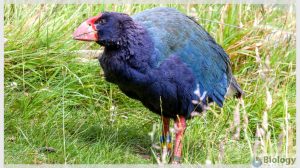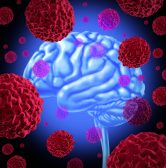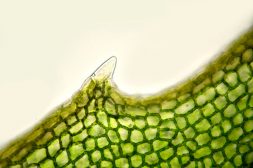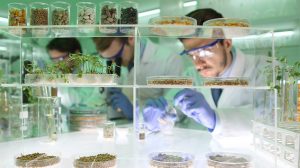Definition
noun
A dimer comprised of two molecules of glucosamine units joined by β-1,4 bonds, and produced by organisms with chitin in their outer covering such as spiders and insects
Supplement
Chitobiose is a dimer comprised of glucosamine units linked by β-1,4 bonds. It is the repeating unit in chitin. Chitin is a polysaccharide. In particular, it is a polymer of nitrogen-containing polysaccharide (C8H13O5N)n. Animals that produce chitin used it as a tough, protective outer covering. Examples of animals with chitin are the arthropods in their exoskeletons, some arachnids in their hard outer covering, mollusks in their radula, and cephalopods in their beaks. Some fungi species have chitin in their cell walls. The process in which chitin is hydrolyzed into chitobiose with the help of an enzyme is referred to as chitinolysis. Chitinases are the hydrolytic enzymes that break down the glycosidic bonds in chitin.
Chitobiose is a disaccharide amino sugar. Its structure is similar to cellobiose. The difference is the presence of N-acetylamino group on C-2 of chitobiose instead of a hydroxyl group on cellobiose.1
Chitobiose should not be confused with chitobiase, which is the enzyme that hydrolyzes chitobiose.
See also:
- carbohydrate
- disaccharide
- glucose
Reference(s):
1 Chitobiose. (n.d.) Farlex Partner Medical Dictionary. (2012). Retrieved from https://medical-dictionary.thefreedictionary.com/chitobiose







